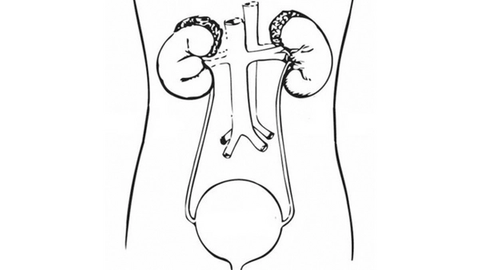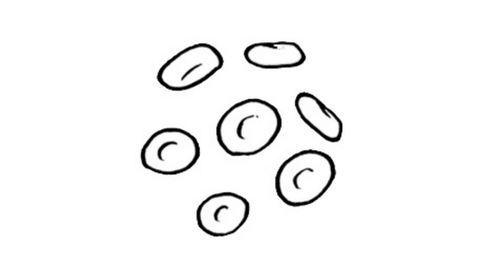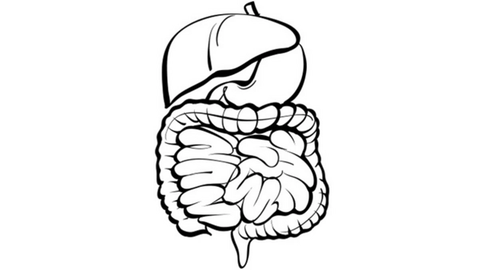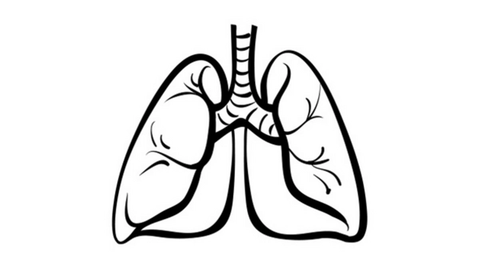Liso-Cel for Patients With R/R LBCL Shows Promising Results in Real-World Settings
Patients with relapsed or refractory aggressive large B-cell lymphoma showed promising results from the administration of lisocabtagene maraleucel in both inpatient and outpatient non–university hospital settings.
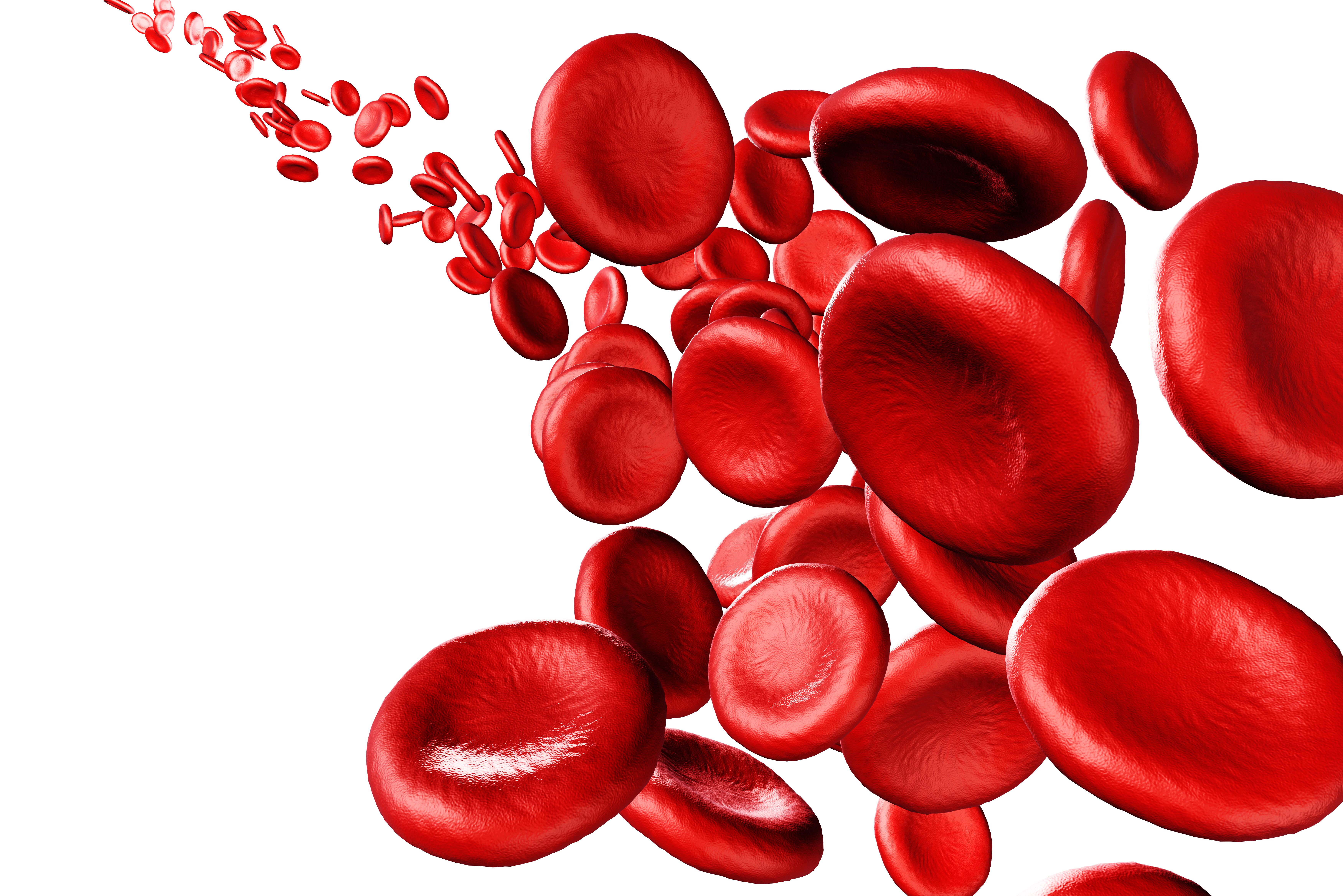
Patients with relapsed or refractory aggressive large B-cell lymphoma (LBCL) showed promising results from the administration of lisocabtagene maraleucel (lisocel; Breyanzi) in both inpatient and outpatient non–university hospital settings, according to results from the TRANSCEND-OUTREACH-007 trial NCT03744676.1 Findings were presented at the 47th Annual Meeting of The European Society for Blood and Marrow Transplantation. Traditionally, concerns about monitoring for cytokine release syndrome (CRS) and neurological events (NEs) have kept chimeric antigen receptor (CAR) T-cell therapy in the inpatient setting at university medical centers. Infusion and monitoring of patients who receive this modality at non– university hospitals and in outpatient settings received limited study.
Findings showed that at the end of the data cutoff, any-grade and grade 3 or higher CRS or NEs occurred in 48% (n=22) and 7% (n=3) of patients treated with liso-cel in both the outpatient and inpatient settings.
All-grade and grade 3 or higher CRS or NEs occurred in 50% (n=15) and 7% (n=2) of those treated in the outpatient setting; and 44% (n=7) and 6% (n=1) inpatient.
Additionally, efficacy data showed that the best objective response rate (ORR) with lisocel was 77% and the complete response (CR) rate was 57% in the overall population; similar results were observed in the outpatient (ORR, 79%; CR, 61%) and inpatient (ORR, 75%; CR, 50%) settings.
Ninety-two percent of patients with at least 6 months of follow-up had an ongoing CR.
“These data support the safety of liso-cel administration at non–university medical centers and in the outpatient setting,” lead study author John E. Godwin, MD, a specialist in hematology and medical oncology at Providence Cancer Institute Franz Clinic in Portland, Oregon, said
Liso-cel is a CD19-directed, defined composition, 4-1BB CAR T-cell product that is administered as separate equal target doses of CD8+ and CD4+ CAR+ T cells. The defined composition allows for a consistently administered CD8+ and CD4+ CAR+ T-cell dose, as well as a low variability in the CD8+/ CD4+ ratio. Godwin noted that the dose and ratio of CD8+ and CD4+ CAR+ T cells could influence the incidence and severity of CRS and NEs.
Based on results of the multicenter phase 1 TRANSCEND NHL 001 study (NCT02631044), the FDA approved liso-cel for the treatment of adult patients with certain types of large B-cell lymphoma who have not responded to, or who have relapsed after, at least 2 other types of systemic therapy. In the trial, liso-cel elicited an ORR of 73% and a CR rate of 53%.2
To be eligible for enrollment, patients had to have relapsed/refractory LBCL after 2 or more prior lines of therapy. Patients also were required to have an ECOG performance status of 0 to 1, a creatinine clearance level higher than 30 mL/min/1.73 m2 , and a left ventricular ejection fraction at 40% or lower. Godwin added, patients could be considered outpatients if they received liso-cel in an inpatient facility with subsequent discharge the same day at the end of the observation period.
Outpatient treatment facilities were considered hospitals with outpatient infusion centers (single entity) and oncology clinic and associated hospitals (dual entity). In the outpatient setting, liso-cel was administered and patients were observed on the same day as infusion before being released. Patients and caregivers were educated to recognize the early signs of CRS and NEs and had to remain within 1 hour of the infusion site for 30 days.
Patients were monitored daily for the first 7 days through clinic visits or phone calls, followed by a twice-weekly schedule during the first month. At the first sign of fever, CRS, or NEs, patients were hospitalized.
The primary end point of the trial was incidence of grade 3 or higher CRs, NEs, prolonged cytopenias through day 29, and infections. Secondary outcome measures included adverse events (AEs), ORR, CR, duration of response, progression-free survival, overall survival, and pharmacokinetics.
Baseline characteristics in the OUTREACH population, comprising both outpatient (n = 30) and inpatient (n = 16) groups, were similar to that of the TRANSCEND NHL 001 trial population (n = 269).
In OUTREACH, the median age was 63 years (range, 34-83), and 46% of patients were older than 65 years. DLBCL transformed from indolent histologies (20%), or highgrade B-cell lymphoma/primary mediastinal large B-cell lymphoma/follicular lymphoma grade 3B (17%).
Additionally, all patients had an ECOG performance status of 0 or 1, the median number of prior therapies was 2 (range, 2-6), and 20% of patients underwent prior hematopoietic stem cell transplantation (20%). Eighty-five percent of patients had chemotherapy-refractory disease. Thirty-three percent of patients had a lactate dehydrogenase level of at least 500 U/L, and 59% had a C-reactive protein level of at least 20 mg/L.
The incidence of treatment-emergent AEs in outpatients and inpatients proved to be similar, with a slightly higher frequency of severe cytopenias reported in inpatients, Godwin explained.
Further results indicated that any-grade CRS occurred in 41% of patients overall, but none grade 3 or higher; these rates were 43% in the outpatient setting and 37.5% in the inpatient setting. The median time to onset of CRS was 4 days (range, 1-9) overall, with 5 days (range, 2-9) and 2.5 days (range, 1-3) in the outpatient and inpatient settings, respectively.
All-grade NEs were reported in 30% of patients overall and 7% of these were grade 3 or higher. The median time to onset of NEs was 9 days (range, 3-16) overall, with 9 days (range, 6-14) in the outpatient setting and 10 days (range, 3-16) in the inpatient setting.
Thirteen percent of patients experienced grade 3 or higher infection, and 24% of patients had prolonged grade 3 or higher cytopenias; both were more common in the outpatient setting.
Overall, treatment for CRS was tocilizumab and steroids (9%) or tocilizumab alone (4%), and 11% of NEs were treated with steroids only.
In the outpatient setting, CRS treatment comprised tocilizumab in 3% of patients, as well as tocilizumab and steroids in 10%; NE treatment was steroids, which were used in 10% of patients. In the inpatient setting, CRS was managed with tocilizumab alone in 6% of patients and with steroids in 6% of patients; NEs were managed in 12.5% of patients.
Investigators also evaluated the initial hospitalizations in outpatients. Any hospitalizations occurred in 63% of patients, and 27% occurred on study day 4 or earlier; 53% were hospitalizations due to an AE, whereas 10% were due to another event. Admission to an intensive care unit occurred in 3% of patients. The median length of hospital stay was 6 days (range, 1-28), and the median time to hospitalization was 5 days (range, 2-61).
References:
1. Godwin JE, Maris M, Stevens DA. Outcomes of treatment with the chimeric antigen receptor (CAR) T cell therapy lisocabtagene maraleucel (liso-cel) in the nonuniversity setting: initial results from the Outreach study. Presented at: 47th Annual Meeting of the EBMT; March 14-17, 2021; virtual. Abstract OS2-6.
2. Abramson JS, Palomba ML, Gordon LI, et al. Pivotal safety and efficacy results from Transcend NHL 001, a multicenter phase 1 study of lisocabtagene maraleucel (liso-cel) in relapsed/refractory (R/R) large B cell lymphomas. Blood. 2019;134(suppl 1):241. doi:10.1182/blood-2019-127508
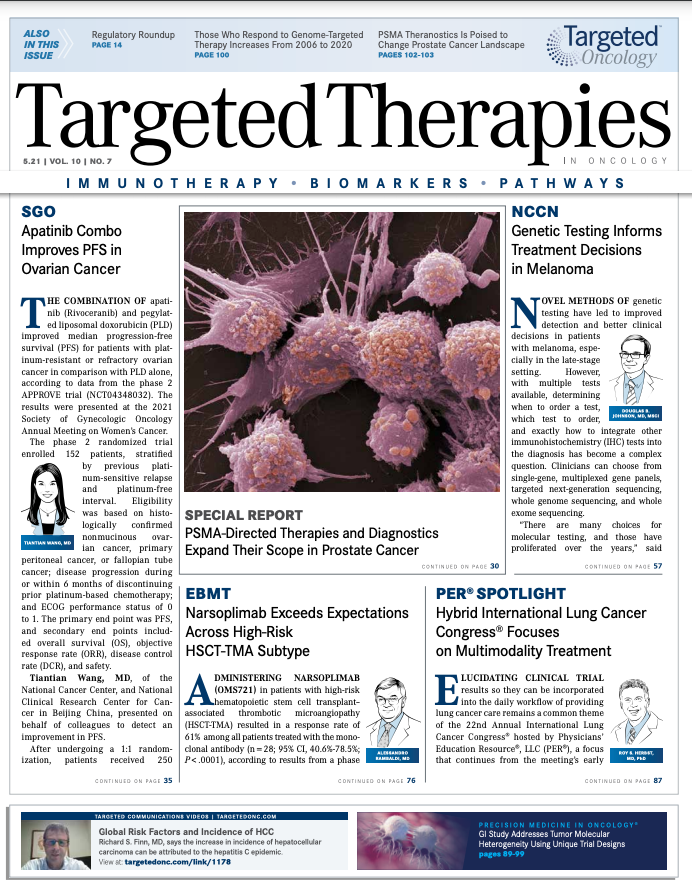
Examining the Non-Hodgkin Lymphoma Treatment Paradigm
July 15th 2022In season 3, episode 6 of Targeted Talks, Yazan Samhouri, MD, discusses the exciting new agents for the treatment of non-Hodgkin lymphoma, the clinical trials that support their use, and hopes for the future of treatment.
Listen


